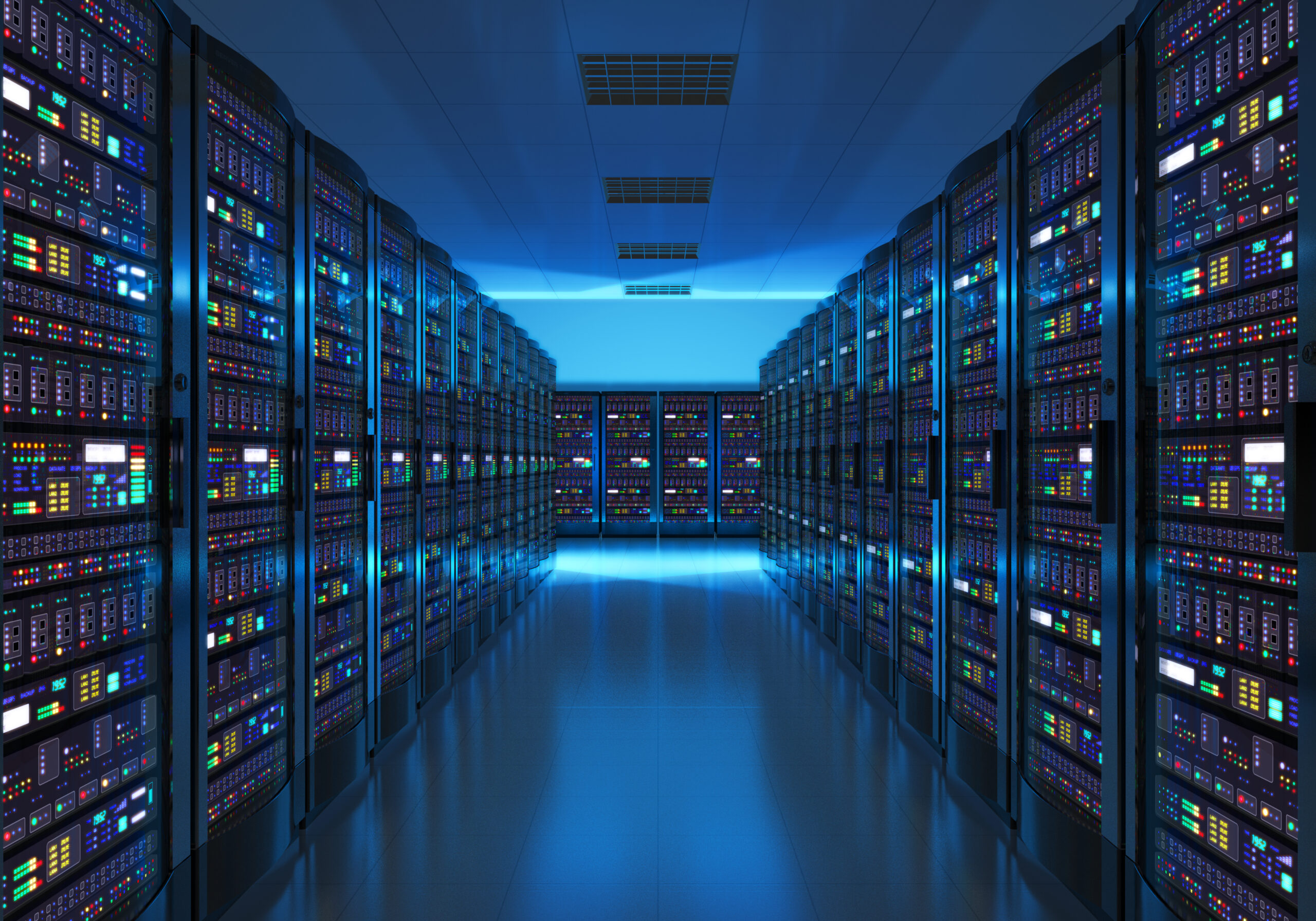As a small to medium-sized business owner, you wear many hats, including that of a cybersecurity manager. With the increasing prevalence of cyber threats, it is crucial to have a solid understanding of cyber hygiene. Cyber hygiene encompasses a set of practices and protocols that help you maintain the health and security of your digital environment. In this article, we will delve into the concept of cyber hygiene, its significance for your business, and practical steps you can take to enhance your cybersecurity posture.
What is Cyber Hygiene?
Cyber hygiene refers to the set of practices and habits that individuals and organizations adopt to maintain the security and well-being of their digital environment. It involves implementing proactive measures to protect against cyber threats, such as malware, phishing attacks, and data breaches. Cyber hygiene encompasses various actions, including regularly updating software and operating systems, using strong and unique passwords, enabling two-factor authentication, backing up data, and educating oneself and employees about cybersecurity best practices. By practicing good cyber hygiene, individuals and organizations can reduce the risk of cyber attacks, safeguard sensitive information, and ensure the integrity and availability of their digital assets.
Why Cyber Hygiene Matters
Cyber hygiene plays a critical role in safeguarding businesses from cyber threats. Cyber hygiene refers to the practices and measures that individuals and organizations adopt to maintain the security and integrity of their digital assets. It encompasses a wide range of activities, including regular software updates, strong password management, data encryption, employee training, and implementing robust security measures. By prioritizing cyber hygiene, businesses can effectively mitigate the risk of data breaches, unauthorized access, and other cyber attacks. It not only protects sensitive business data but also helps maintain customer trust and confidence. In an era where cyber threats are constantly evolving, practicing good cyber hygiene is essential for the long-term success and resilience of any business.
What are the 11 Rules of Cyber Hygiene?
Best practice for cyber hygiene:
- Keep your software up to date: Regularly update your operating system, applications, and antivirus software to ensure you have the latest security patches and protection against vulnerabilities.
- Use strong and unique passwords: Create strong passwords that include a combination of letters, numbers, and special characters. Avoid using the same password for multiple accounts.
- Enable two-factor authentication (2FA): Implement an additional layer of security by enabling 2FA, which requires a second form of verification, such as a code sent to your mobile device, in addition to your password.
- Be cautious of phishing attempts: Be vigilant of suspicious emails, messages, or links that may be phishing attempts. Avoid clicking on unknown links or providing personal information unless you are certain of the source’s legitimacy.
- Regularly back up your data: Create regular backups of your important data and store them securely. This ensures that you can recover your data in case of a cyber incident or hardware failure.
- Secure your Wi-Fi network: Protect your wireless network with a strong password and encryption. Change the default router password and disable remote management to prevent unauthorized access.
- Use a reputable antivirus software: Install and regularly update a reliable antivirus software to detect and remove malware from your devices.
- Be cautious when downloading files or software: Only download files or software from trusted sources. Verify the authenticity and integrity of the files before opening or installing them.
- Educate yourself and your employees: Stay informed about the latest cybersecurity threats and educate yourself and your employees about best practices for online safety and data protection.
- Secure your mobile devices: Apply security measures, such as passcodes or biometric authentication, to your smartphones and tablets. Install security updates and only download apps from trusted sources.
- Monitor your accounts and financial statements: Regularly review your bank statements, credit card bills, and other financial accounts for any suspicious activity. Report any unauthorized transactions immediately.
What are the Most Common Cyber Hygiene Vulnerabilities?
Weak Passwords
One of the most common cyber hygiene vulnerabilities is the use of weak passwords. Many individuals and organizations still rely on easily guessable passwords or reuse the same password across multiple accounts. Weak passwords make it easier for cybercriminals to gain unauthorized access to sensitive information or accounts. It is crucial to use strong and unique passwords that include a combination of letters, numbers, and special characters.
Lack of Software Updates
Failing to keep software and operating systems up to date is another prevalent vulnerability. Software updates often include security patches that address known vulnerabilities. By neglecting these updates, individuals and organizations leave their systems exposed to potential cyber attacks. Regularly updating software and operating systems is essential to ensure the latest security measures are in place.
Phishing Attacks
Phishing attacks continue to be a significant cyber hygiene vulnerability. Cybercriminals use deceptive emails, messages, or websites to trick individuals into revealing sensitive information or downloading malicious software. Falling victim to a phishing attack can lead to data breaches, financial loss, or identity theft. It is crucial to be cautious of suspicious communications and to educate oneself and employees about identifying and avoiding phishing attempts.
Lack of Employee Training
Insufficient employee training in cybersecurity practices is a common vulnerability in many organizations. Employees may unknowingly engage in risky behaviors, such as clicking on malicious links or downloading unsafe attachments. Providing regular training and awareness programs can help employees recognize and respond to potential cyber threats, reducing the risk of successful attacks.
Inadequate Data Backup
Failure to regularly back up important data is another vulnerability that can have severe consequences. Ransomware attacks, hardware failures, or accidental deletions can result in data loss. Without proper backups, recovering the lost data becomes challenging or even impossible. Regularly backing up data and storing it securely is crucial to mitigate the impact of such incidents.
Unsecured Wi-Fi Networks
Using unsecured Wi-Fi networks can expose individuals and organizations to various cyber risks. Hackers can intercept sensitive information transmitted over unencrypted networks, leading to data breaches or unauthorized access. Securing Wi-Fi networks with strong passwords and encryption protocols is essential to protect against these vulnerabilities.
Can Cyber Hygiene Be Applied to All My Devices?
Yes, cyber hygiene can and should be applied to all your devices. Whether it’s your computer, smartphone, tablet, or any other internet-connected device, practicing good cyber hygiene is essential to protect your digital assets and personal information. This includes keeping your devices and software up to date with the latest security patches, using strong and unique passwords, enabling two-factor authentication, being cautious of phishing attempts, regularly backing up your data, and using reputable antivirus software. By applying cyber hygiene practices consistently across all your devices, you can minimize the risk of cyber threats and ensure a safer digital experience.
Is Network Security and Risk Management Part of Cyber Hygiene?
Yes, network security and risk management are integral components of cyber hygiene. Cyber hygiene encompasses a holistic approach to maintaining the security and integrity of digital assets, and network security plays a crucial role in this. Implementing robust network security measures, such as firewalls, intrusion detection systems, and secure network configurations, helps protect against unauthorized access and potential cyberattacks. Additionally, risk management is an essential aspect of cyber hygiene, as it involves identifying and assessing potential risks, implementing controls and safeguards, and continuously monitoring and mitigating risks to ensure the overall security of the network and digital infrastructure. By incorporating network security and risk management practices into their cyber hygiene efforts, individuals and organizations can enhance their cybersecurity posture and effectively safeguard their digital assets.
What are the Chances of Cyberattacks with Lack of Cyber Hygiene?
The chances of cyberattacks significantly increase with a lack of cyber hygiene practices. Cybercriminals actively target individuals and organizations that have weak security measures and poor cyber hygiene. Without regular software updates, strong passwords, employee training, and other essential practices, vulnerabilities are left exposed, making it easier for cybercriminals to exploit them. The lack of cyber hygiene increases the risk of various cyberattacks, including malware infections, phishing scams, data breaches, ransomware attacks, and more. By neglecting cyber hygiene, individuals and organizations become more susceptible to cyber threats, compromising the security of their digital assets, sensitive information, and overall business operations.
How are Cybersecurity and Cyber Hygiene Related
Cybersecurity and cyber hygiene are closely related concepts that work hand in hand to protect individuals and organizations from cyber threats. Cybersecurity refers to the broader field of protecting digital systems, networks, and data from unauthorized access, attacks, and damage. It encompasses various strategies, technologies, and practices aimed at preventing, detecting, and responding to cyber threats.
Cyber hygiene, on the other hand, focuses on the specific practices and behaviors individuals and organizations adopt to maintain the security and integrity of their digital environment. It involves implementing proactive measures such as regular software updates, strong passwords, employee training, and data backups.
By practicing good cyber hygiene, individuals and organizations enhance their overall cybersecurity posture, reducing the risk of cyberattacks and mitigating potential damage. In essence, cyber hygiene is a fundamental component of a robust cybersecurity strategy.
Conclusion
In conclusion, cyber hygiene is a critical aspect of maintaining a secure digital environment for individuals and organizations. By implementing best practices such as regular software updates, strong passwords, employee training, and data backups, businesses can significantly reduce their vulnerability to cyber threats. Cyber hygiene not only protects sensitive information and digital assets but also helps maintain customer trust and confidence. With the ever-evolving landscape of cyber threats, practicing good cyber hygiene is essential for the long-term success and resilience of any business. By prioritizing cyber hygiene, small to medium-sized business owners can effectively safeguard their data, mitigate risks, and stay one step ahead of potential cyberattacks.
Final Thoughts
Elevate your business’s security to new heights by partnering with Buzz Cybersecurity. Our comprehensive defense solutions provide a wide range of services, from managed IT to state-of-the-art cloud solutions and advanced ransomware protection. With our team of experienced experts by your side, you can navigate the complex landscape of cyber threats with peace of mind, knowing that your invaluable digital assets are safeguarded. Join forces with us today and empower your business to flourish in the face of ever-evolving cyber risks.
Sources




